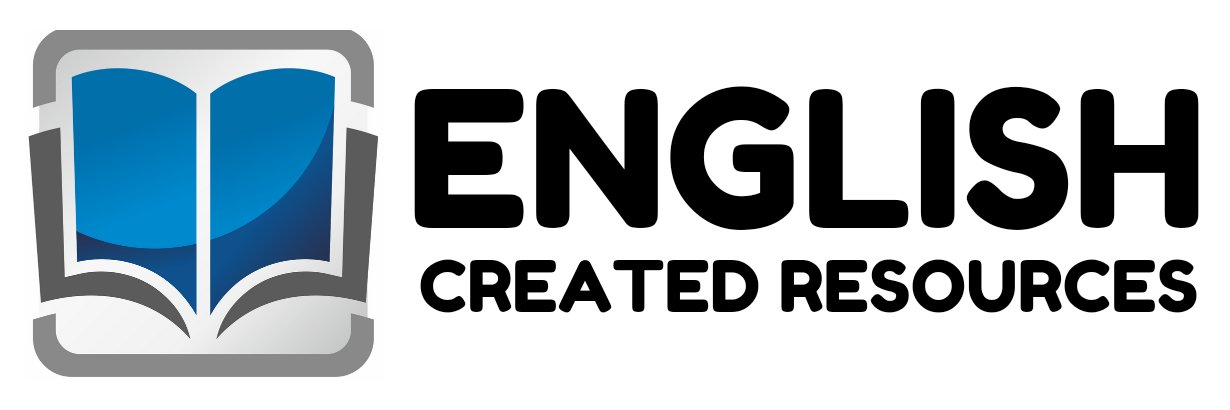Reindeer Name Craft

Craft Ideas for Kids ( Reindeer Name Craft )
Craft activities foster communication, listening, attention, and imagination. These activities can enhance mental health and wellbeing as well as fostering a whole range of developmental skills in pre-schoolers. Kids love to do arts and crafts and it’s important for them to practice it both at school and at home.
How Crafting Benefits Kids of All Ages
1. Crafting helps develop fine motor skills.
The act of grabbing a crayon or paint brush develops the muscles that will later help preschoolers button their coat, tie their shoes, write, and more.
2. It boosts counting and pattern recognition.
Did you know that stringing beads is a great way to learn patterns and practice counting? Those are skills kids will use later on in algebra! Kid crafters can also practice their 1, 2, 3’s by counting the number of steps in the instructions or gathering the correct number of components they’ll need to complete their chosen project.
3. It teaches shapes and colors.
Kids need to find and identify all of the different shapes and colors of foam pieces needed to make the picture they want from the idea book. This same thought process happens while your child is doing something as simple as coloring!
For Kids in Elementary School…
1. Crafting encourages critical thinking.
The process of creating something naturally gets kids thinking about the final product, and the steps they need to take to get there.
2. It builds resilience.
It takes time to create something and it may not come out perfectly on the first try. Crafting helps kids understand that it’s okay to make a mistake and to first look for a solution rather than immediately getting frustrated.
3. It supports reluctant readers.
Reading instructions is still reading! Crafting also gives kids with busy hands something to focus on while they read the next step.
For Tweens and Teens.
1. Crafting supports self-esteem.
Crafting or doing something creative gives them a sense of confidence and pride. It’s the “Yeah, I made that!” effect.
2. It encourages a creative mindset.
Engaging in creative activities teaches that there are always multiple ways of completing the same task.
Creative thinkers are able to think beyond simply “it works” and are more intellectually nimble in a world propelled by constant change. In fact, about 60 percent of CEOs polled in the 2010 IBM Global CEO study cited creativity as the most important leadership quality.
3. It develops patience.
We live in a world of instant gratification, but we know not everything is going to happen instantly. When kids craft, they may need to wait for things to dry or set before moving on to the next step — or understand that a craft may take more than one session to complete.
Samples From the Craft


In this day and age, many parents resort to technology in order to keep their kids entertained and occupied, completely forgetting the benefits of arts and crafts. True, technology is very useful, and kids should be introduced to it, but it should never come at the expense of them playing and making things with their own hands.










